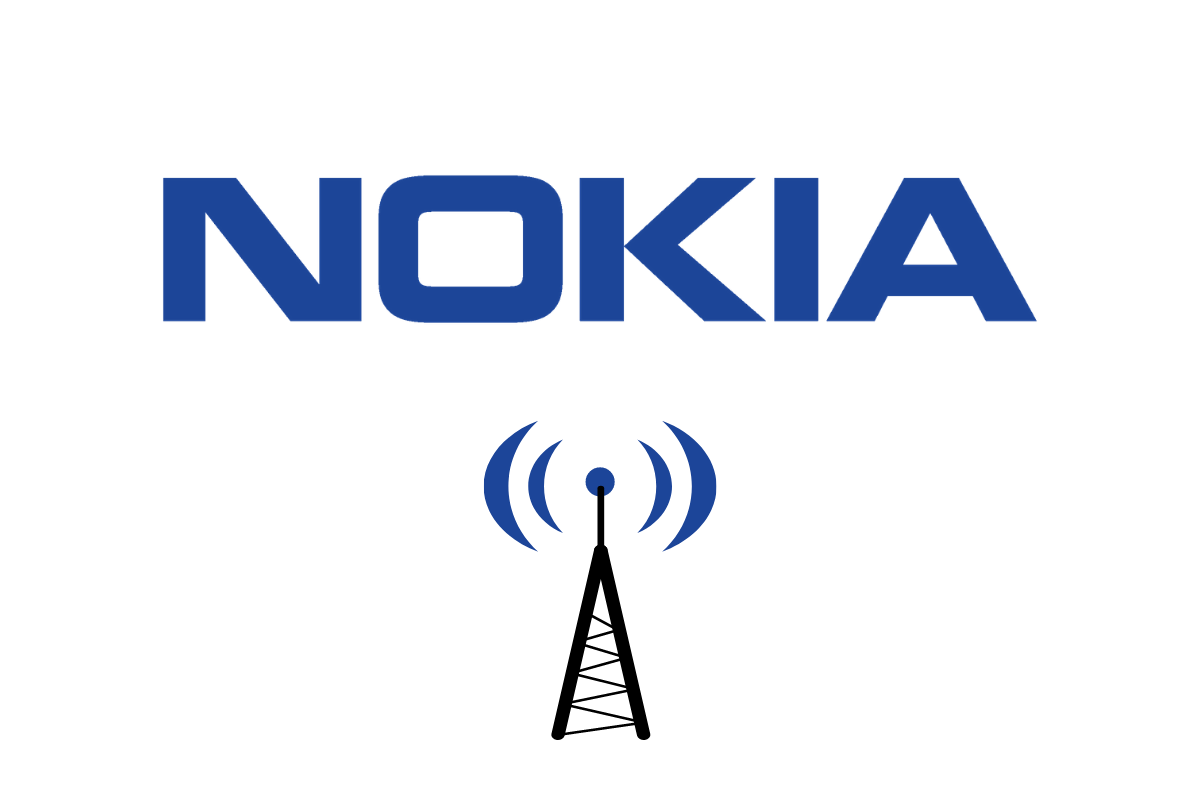
Since COVID-19 first came to the scene, virtually all sectors – including telecommunications – have faced continuous challenges. Despite these challenges, it came with a few silver linings. We’ve seen many innovative products and services getting adopted at faster rates than predicted, including some services that were created years ago that have been under-utilised and under-appreciated. A prime example is video conferencing. It has been around for some time now, but it was only in the past year that it became widely adopted by consumers due to booming teleworking trends.
Remote delivery is experiencing a similar phenomenon as video conferencing. Remote delivery – which allows for improved efficiency – has existed for nearly a decade or more, but it was not practised in the telecom industry to a larger degree. Then along came the pandemic, which brought forth rapidly shifting consumer behaviours, and consequently, the evolution of many technologies, practices. Expectations of stakeholders have also changed, thus telecom services have achieved greater adoption of remote working.
Networks will continue to become increasingly software-driven, particularly 5G networks with cloud-native cores offering new communication features and services. One of the main enablers for achieving 5G outcomes is automation. Embracing DevOps by communications service providers (CSPs) will improve automation to a greater extent, hence CSPs must embrace continuous integration and continuous delivery (CI/CD) as the starting point for DevOps. DevOps CI/CD improves service reliability and efficiency, accelerates new features and services rollouts, and reduce risk to operational networks – all while managing the complexity of micro-services changes.
The Challenge of Implementing CI/CD
Implementing CI/CD requires a major cultural change, particularly for operators that deploy and operate traditional networks through waterfall release cycles for software. These operators often have internal operations setup that reflects the multiple domains and functions of their networks, which are complex and siloed. Thus, unifying across these domains and functions into a single seamless operation is a challenge.
This complexity has become a frequent pain point for operators when deciding to adopt CI/CD. Initially, there are the legacy systems with unique proprietary hardware and software configurations that have been operated quite rigidly for a while, sometimes for decades, with specific processes and practices. On top of this, every network is unique in its network design and configuration. In a multi-domain network, this means that every CSP has a distinctive network setup that poses challenges for direct software deployment from R&D.
To help CSPs overcome these challenges, vendors and operators have been preparing for a long time in the evolution of networks by leveraging technologies such as test automation, network function virtualisation (NFV) and software-defined networking (SDN), embracing digital transformation and becoming more agile. With 5G no longer ‘on the horizon’ but currently being rolled out, it is high time for CSPs to implement CI/CD services, which can enable them to transform faster and tap into the many capabilities offered by 5G.
How CSPs Can Embrace CI/CD?
Embracing CI/CD and realizing the benefits of a DevOps-style, iterative software development in the telecoms networks requires the ability to address unique environments and their associated challenges. Adapting DevOps practices to suit a unique network of CPS can be achieved through Delivery Operations or DelOps solution. The similarity between DevOps and DelOps is no coincidence, DelOps is essentially a reimagined DevOps. It can overcome the complexity of the operator’s environment by employing high levels of automation and integration. What differentiates DelOps from DevOps is that it incorporates customisation steps into the process to suit each environment or platform. DelOps uses a many-to-many delivery and operations process with design, deploy, test and operate phases – ideal for telecom environments.
To best implement a DelOps solution, CSPs and operators must form the right partnerships to establish a CI/CD framework that complements their unique operational environment. The key here is flexibility. An ideal CI/CD framework can integrate with any cloud environment, whether realized on virtual machines, containers or bare metal. Once implemented, CI/CD framework automates the processes required for each distinctive environment in the CSP’s network. Some partners may even leverage proprietary Agile Integration Methodology (AIM). Through the right partnerships, CSPs can ensure the highest reliability of continuous integration and continuous delivery holistically across their operations.
Harness the Power of 5G With DelOps
DelOps CI/CD services offer seamless automation in delivery and operations, which is the key to making 5G fly. To harness the power of 5G calls for investment in tools, processes, skills enhancement and fostering an open collaborative and creative environment. DelOps is made for complex CSP environment as it takes into consideration the specifics of operator unique networks and its configuration while automating the deployment and operations function.
First, DelOps leverages agile processes to reduce rollout cycle times and time-to-market for new products, features and services. When DelOps seamlessly merges with a CSP’s environment, it then enables the automation of continuous delivery and deployment, ensuring that the CSP’s network is always up-to-date, and new services can efficiently launch with speed.
DelOps requires less effort to conduct acceptance testing, as well as track and manage release features. It can innovate and resolve issues faster, sometimes before subscribers are even aware, thus ensuring seamless customer experiences and continued satisfaction. Lastly, with comprehensive automation, DelOps can manage the complexity of micro-services upgrades.
Transforming to a software-driven paradigm will undeniably come with challenges, both technologically and organisationally. But with 5G already on the runway, CSPs should begin adopting CI/CD services to achieve a smooth operational journey. This way, they can evolve their networks to the highest level of performance and competitiveness to generate new revenues, and ultimately, ensure the best possible customer experience.
By - Santosh Shingate, Pre Sales Manager, Cloud and Network Services, Nokia















